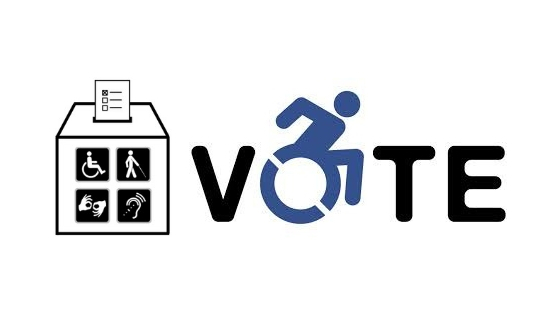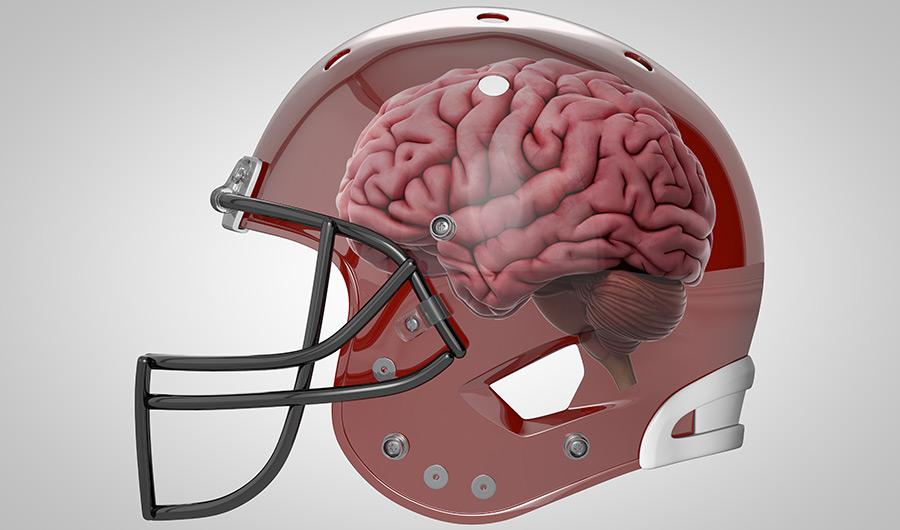
Your Vote Counts!

November 3 is Election Day and every vote counts! Voting is one of our most important civil rights, but it is not always accessible for persons with disabilities. According to projections from Rutgers School of Management and Labor Relations, in 2020, more than 38 million eligible voters have disabilities. That is more than 16 percent of the electorate, roughly the population of California. The disability community has incredible potential to influence the outcome of elections and ensure that all candidates address issues that are important to people with disabilities. Lisa Schur, one of the study authors emphasizes “democracy only works if everyone is able to participate and vote” and notes “the sheer size of the disability electorate makes it clear that people with disabilities and their family members have the potential to swing elections.” Voters will be electing officials up and down the ballot. From the presidential election to school board elections, those elected will shape policies important to people with disabilities. Everything from the placement of curb cuts to health care laws can change based on who holds elected office.
Due to COVID-19 there are real questions about how voting will work this November. This year’s push to vote by mail underscores the variety of obstacles for voters with disabilities. Deque Systems, a software company focused on web and mobile accessibility solutions, recently published a report that found most states employ ballot applications that are inaccessible to people with disabilities. Their findings revealed the process to apply to vote by mail in most states is difficult, if not impossible, for persons with disabilities. One specific problem identified was trouble with screen reading software that does not clearly convey portions of the application needed for completion. When voting in person, Americans with disabilities also face access issues, including inaccessible polling locations, undertrained poll workers, and non-working voting machines employing assistive technology for people with vision or hearing issues. People with disabilities may have to take extra steps to vote and advocate for themselves to be able to cast their ballots accessibly, independently, and privately. Clearly that needs to change.
Voters with disabilities typically turn out in lower numbers than those without disabilities, but voter turnout among Americans with disabilities surged in 2018 and advocacy groups are hoping to repeat that this year despite the pandemic. It is important that everyone who can vote has the opportunity to do so. The deadline to register to vote in the November elections is October 13. No matter what state or territory you are in, or what your challenges may be, there are resources to help persons with disabilities register, learn their rights, and make a plan to vote.
National programs such as the Protections and Advocacy Voter Program, Paralyzed Veterans of America, and REV UP provide resources to ensure full participation in the electoral process for individuals with disabilities, including registering to vote, casting a vote, and accessing polling places. The Autism Self Advocacy Network (ASAN) has developed a tool kit to assist people with intellectual and developmental disabilities understand the voting process, and Easter Seals has provided a voter checklist. We have provided a list of these resources below:
https://www.aapd.com/advocacy/voting/
https://autisticadvocacy.org/policy/toolkits/voting/?utm_campaign=shareaholic&utm_medium=email_this&utm_source=email
https://www.easterseals.com/explore-resources/living-with-disability/people-with-disabilities-voting-checklist-at-polls.html
https://www.eac.gov/voter_resources/resources_for_voters_with_disabilities.aspx
https://www.nonprofitvote.org/voting-in-your-state/special-circumstances/voting-with-a-disability/
Hope Trust serves clients throughout the United States.

